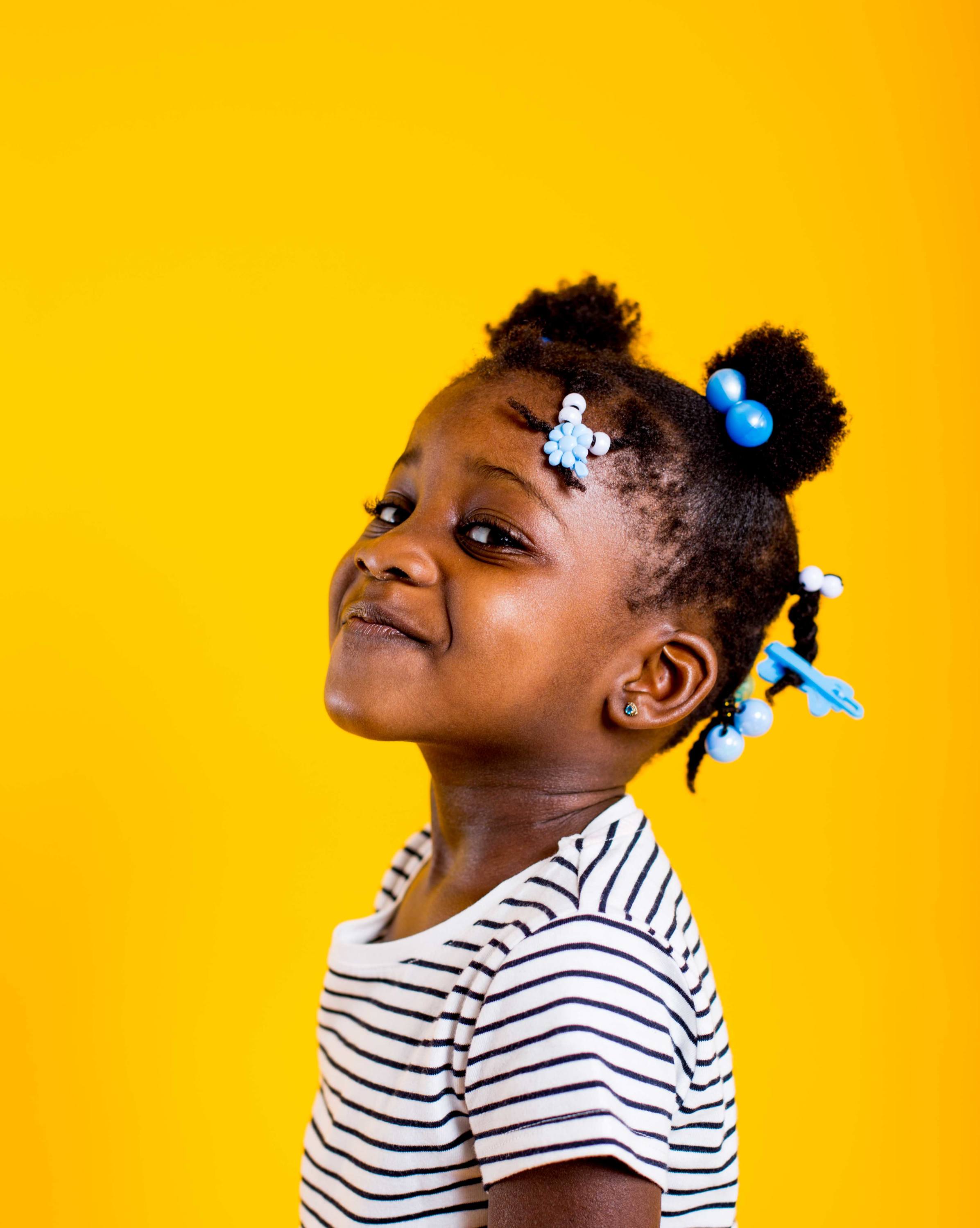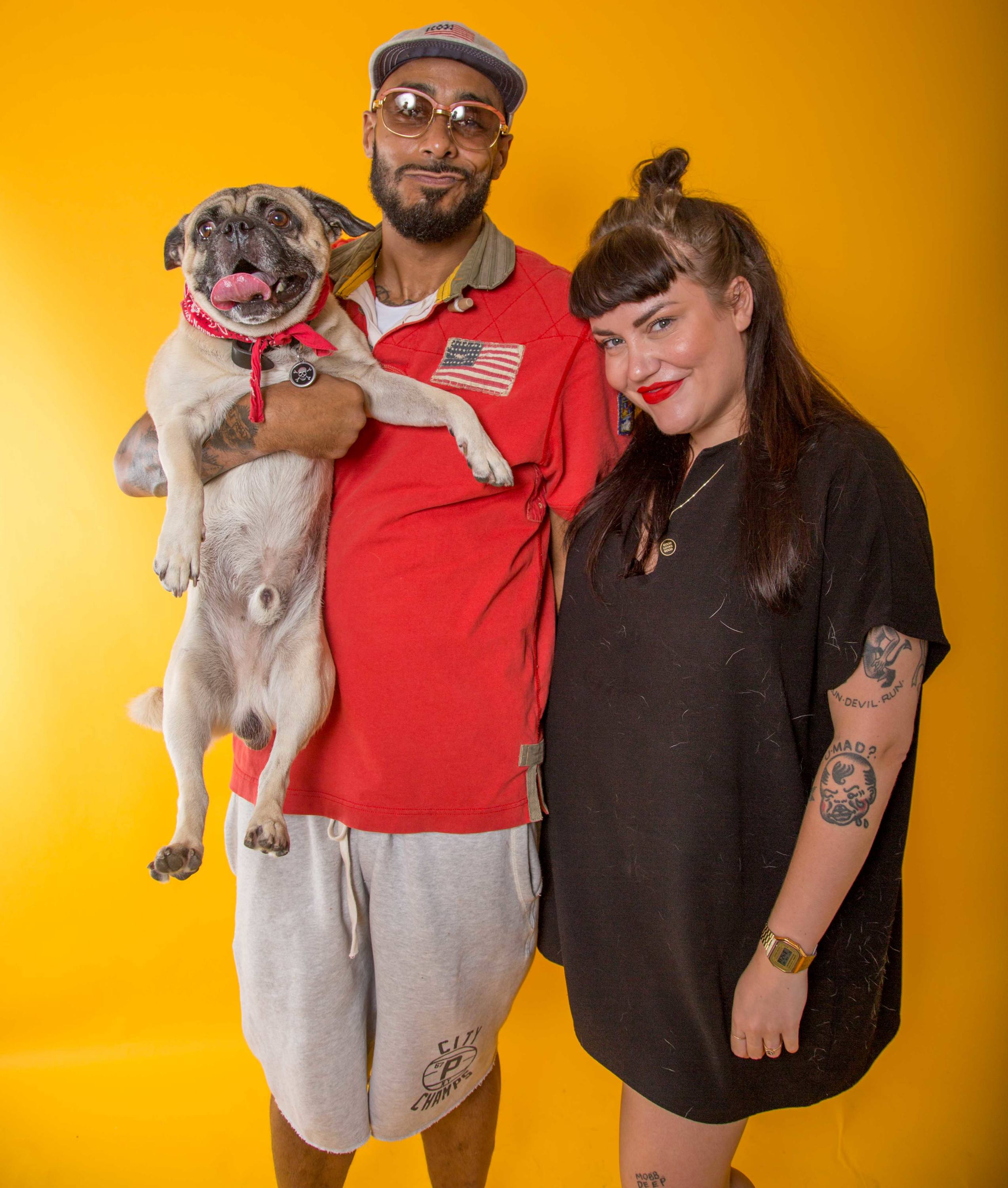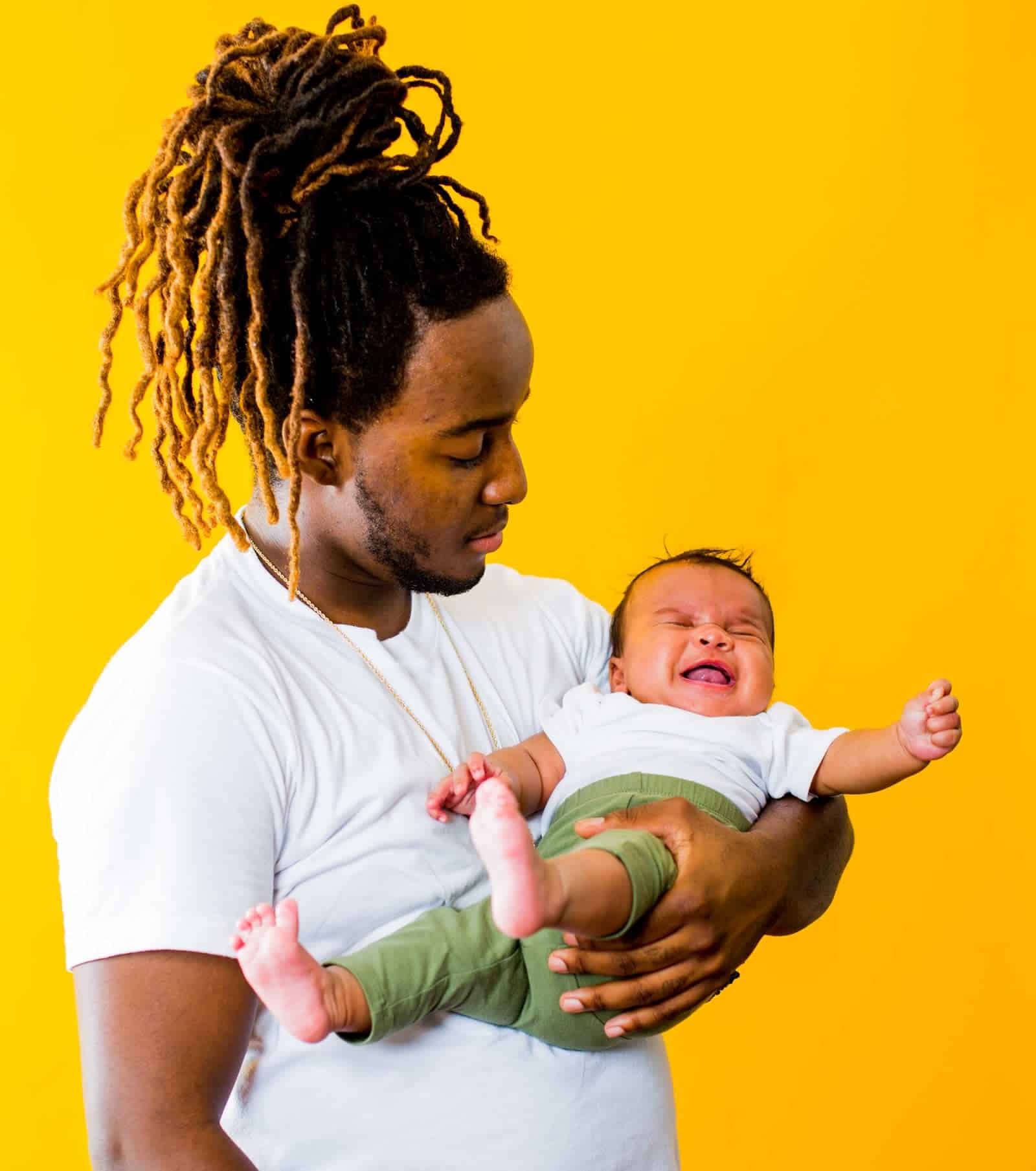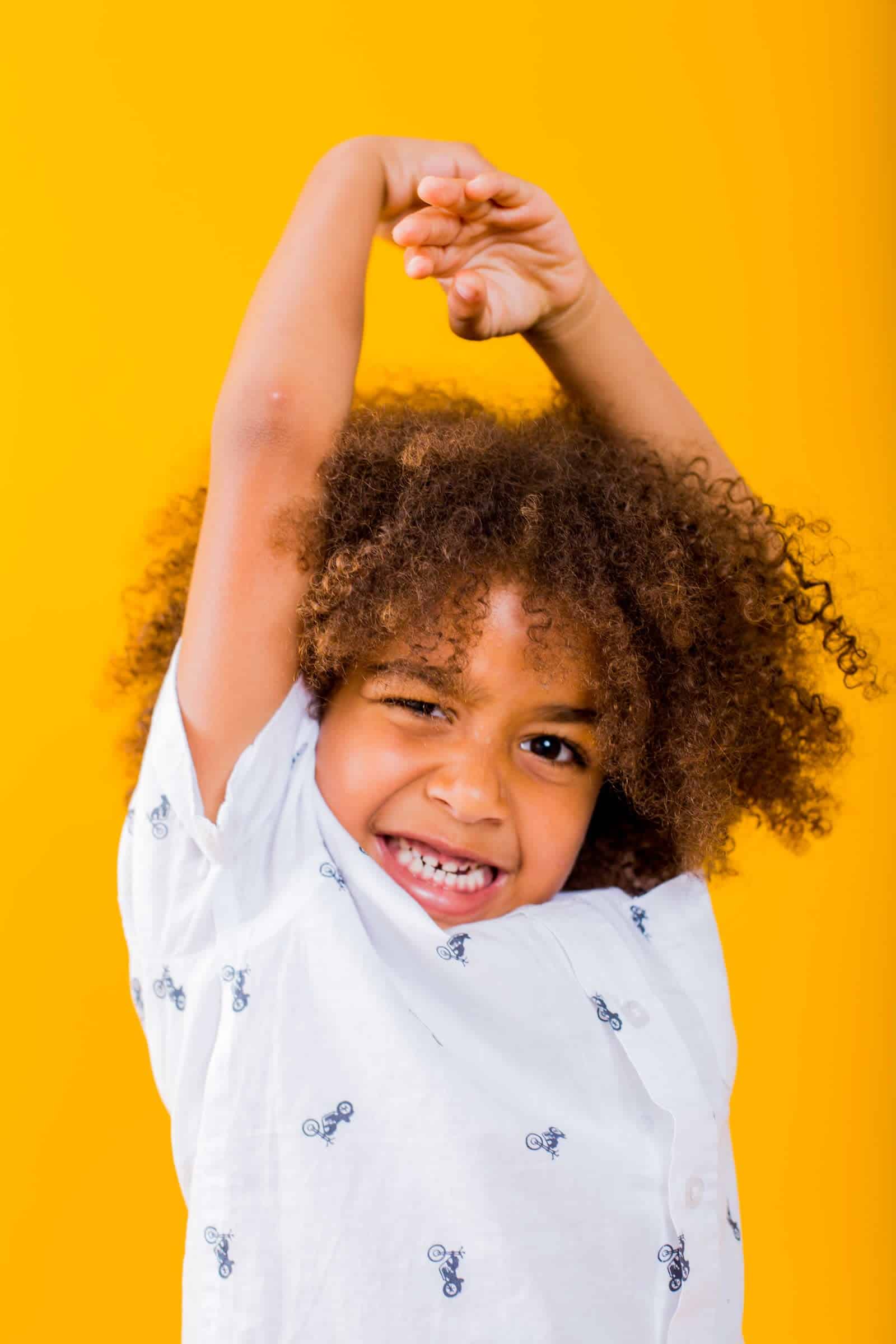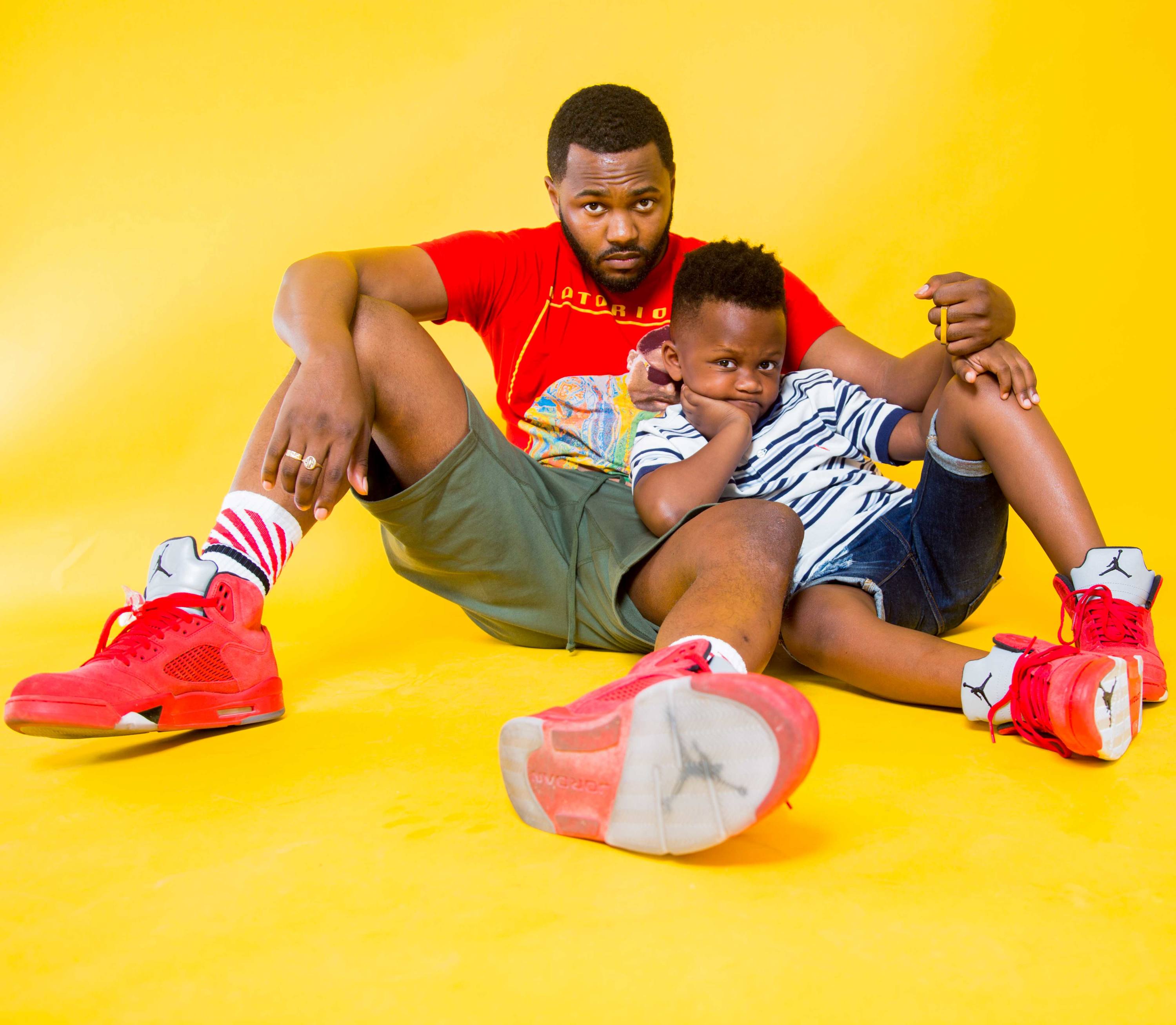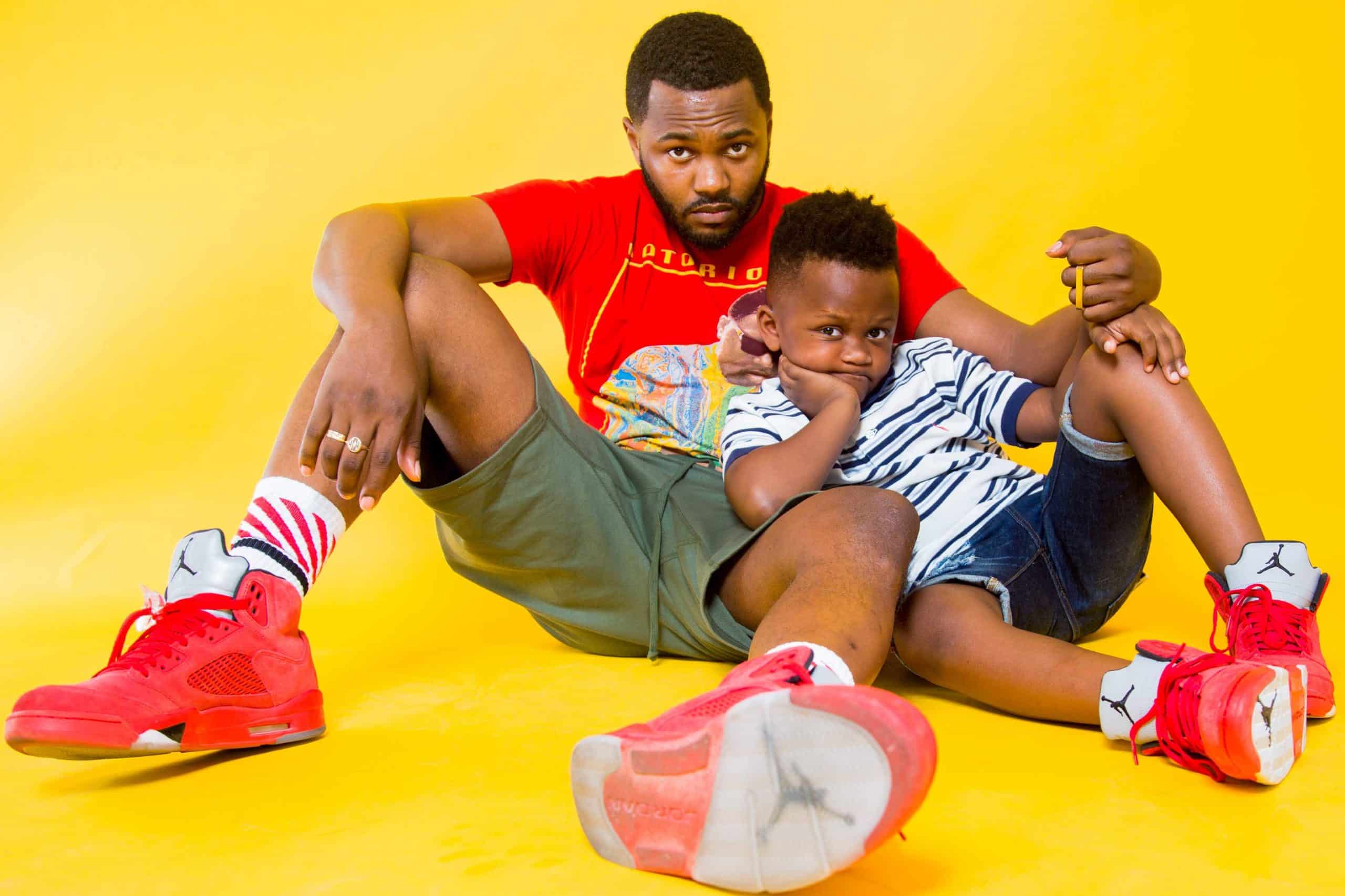La última serie del fotógrafo Yannick Anton reivindica el retrato familiar impreso. "Muchas veces, la gente sólo tiene imágenes en sus teléfonos y no en sus paredes", explica. "Si miramos atrás en la historia, la idea de la fotografía familiar comienza con las familias ricas, blancas y adineradas que podían documentar su historia. Si había gente de color delante de la cámara, era una mirada científica o fetichizada. Este proyecto llena el vacío de no vernos a nosotros mismos: personas de color, LGBTQ y todas las familias, independientemente de sus ingresos."
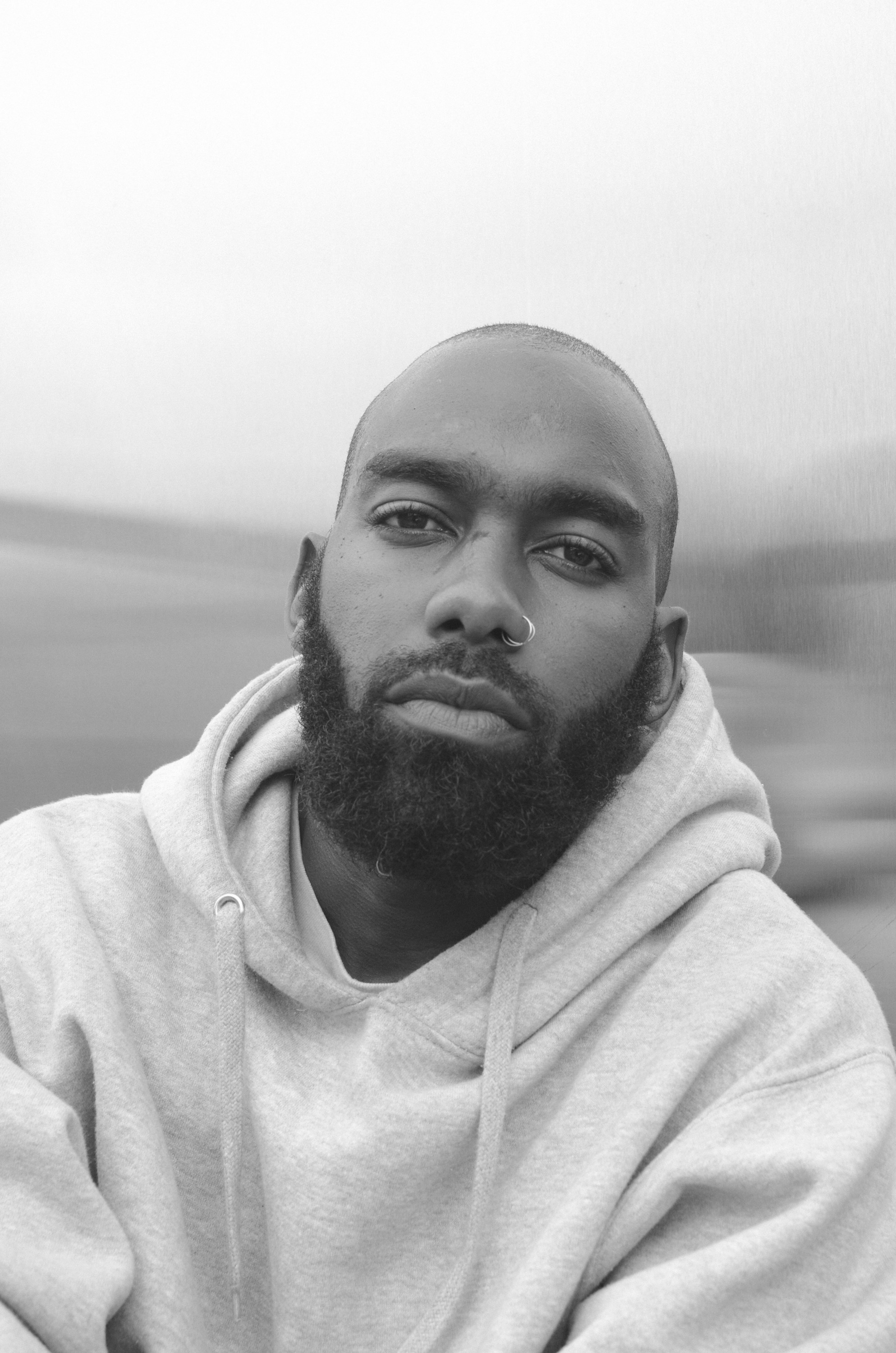
Titulado Edición limitadaAnton encontró sujetos invitando a parejas y grupos a un estudio improvisado en la Galería 187 de Toronto. Las imágenes resultantes son una celebración de la importancia de la familia y de las amistades que se convierten en la familia elegida. Como puedes ver en sus carteraAnton utiliza su cámara como herramienta para conectar con sus sujetos. La facilidad e intimidad que capta deberían ser estudiadas por cualquier persona interesada en la fotografía de retrato.
Anton es fotógrafo profesional desde hace ocho años, y adquirió la mayor parte de su experiencia documentando una fiesta mensual de larga duración llamada Sí Sí Y'all. "Mirando atrás, fue donde aprendí a disparar y a interactuar con la gente para conseguir los retratos más honestos", dijo a El Faderque publicó sus fotos del evento en "Dentro de Yes Yes Y'all, el Bashment Queer más Poppin' de Toronto".
Nos pusimos al día con Anton para saber más sobre su interés por los retratos familiares, por qué utiliza película instantánea y el papel de la fotografía en la creación de un espacio para la diversidad.
No hago trabajos para internet, nunca los he hecho para internet, todas mis fotos son para más adelante, para cuando miremos atrás en la historia.
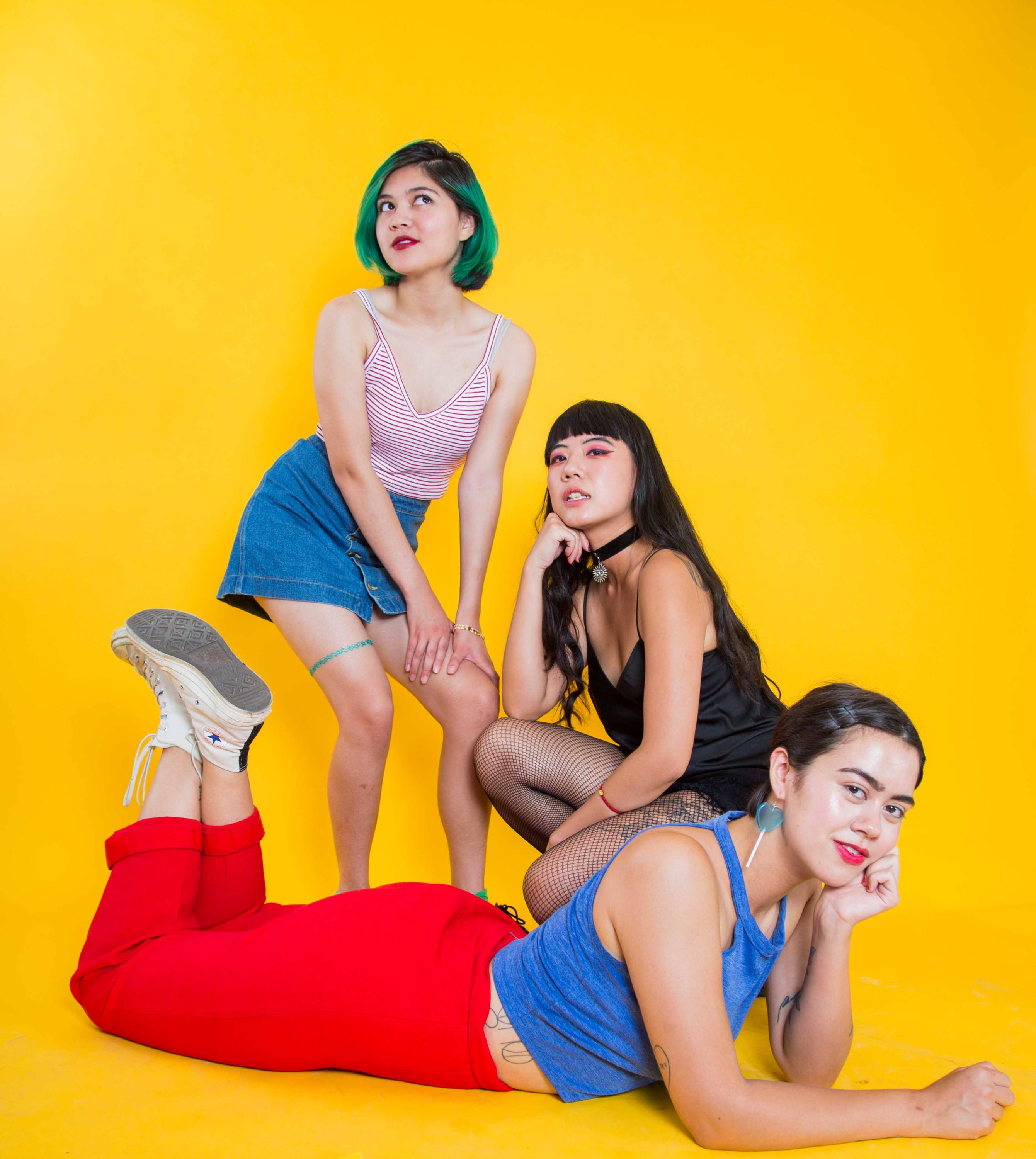
Format: ¿Cómo empezaste a fotografiar?
Yannick Anton: Mis mejores amigos Keita Juma y Brendan Philip son músicos y, durante un tiempo, yo era el único que estaba siempre en cada uno de sus conciertos. Así empecé a fotografiar, simplemente porque era la única que estaba en cada espectáculo y necesitaban imágenes. A veces pasaba gente y a veces no, pero aun así tenía que encontrar la forma de que pareciera que había mucha gente. Luego se llenó de gente y tuve que averiguar cómo hacer buenas imágenes en un espacio tan abarrotado. Tocaron en un espectáculo para el Orgullo de Toronto llamado Yes Yes Y'all y llevo siete años fotografiando ese evento.
¿Cuál fue tu experiencia con la formación fotográfica formal?
No se me dan bien los estudios. Solicité ir a la universidad, pero no me admitieron, así que me dije: "A la mierda, lo resolveré yo sola". Aprendí preguntando a gente que sabía más que yo. Formé parte de un programa de residencia de fotografía para jóvenes que enseñaba a iluminar y a estructurar un proyecto conceptual. Che Kothari era un fotógrafo que me ayudó mucho y me dejó utilizar su equipo.
Esa experiencia de residencia me hizo darme cuenta de que quiero exponer mi trabajo en galerías. No hago obras para Internet, nunca lo he hecho para Internet, todas mis fotos son para más adelante, para cuando miremos atrás en la historia.
Me siento más historiador que fotógrafo, sobre todo con los retratos de familia. Quiero fotografiar a personas y familias una vez al año y, con el tiempo, exponer las imágenes en un edificio donde puedas entrar en las habitaciones de la vida de la gente, para que la gente pueda ver cómo han crecido.
Llevo siete años fotografiando la misma fiesta, he visto a las mismas personas en distintas etapas de su vida; algunas han muerto. Me he visto crecer como fotógrafo. Cuando empecé ni siquiera tenía una cámara. Tenía que pedir prestada una cámara cada mes y ahora tengo dos cámaras. Las cosas cambian y es en su propia progresión donde encuentro la importancia.
¿Qué despertó tu interés por los retratos de familia?
Mi abuela solía ir a Sears a hacer fotos familiares y regalárselas a la familia en Navidad, y un año dejó de ir. Nunca tuve la oportunidad de ir con ella, así que no tengo ningún retrato familiar propiamente dicho.
¿Vive tu abuela? ¿Qué piensa de la serie?
Sí, está viva; toda mi familia está como: 'Ah, qué bien'. Supongo que están contentos de verme hacer algo durante tanto tiempo porque yo era uno de esos yutes que nadie sabía qué coño iba a hacer con mi vida. No me gustaba la escuela, no me gustaban los trabajos, no me gustaba escuchar a la gente. Mi familia es sin duda mi crítico más duro. Siempre me dicen: 'Nunca voy a ver esa foto, así que no la hagas'. Un día tengo que imprimir un libro para decir: "Vale, ¡aquí están todas las fotos!
¿Te gustaban los álbumes familiares cuando eras más joven?
¡Sí! Solía pasarme horas y horas en el sótano revisando fotografías familiares y también portadas de discos. Mi madre tenía tantos discos ahí abajo que para mí era una auténtica vía de escape, simplemente porque no me llevaba bien con todo el mundo con el que crecí. Dame lápices de colores y déjame solo ahí abajo y me portaría bien.
Llévanos de vuelta al sótano, ¿hay algo que recuerdes que se te haya quedado grabado?
En aquellas fotografías, todo el mundo era jodidamente feliz. Los años 60 y 70 fueron una gran época para la moda. Creo que los sentimientos de esas fotos siguen siendo inigualables. Ese estilo y esa estética eran lo que eran, y yo apreciaba mucho esa felicidad. No les importaba que las fotos estuvieran borrosas o que se recortaran partes del cuerpo: todo era por el momento.
¿Hiciste alguna investigación como preparación para Edición limitada?
No, en realidad no investigo. Antes miraba mucho a otros fotógrafos, pero ahora me resulta molesto. Con Instagram, me siento desbordado. Empieza a parecer una comparación entre éxitos. Estoy en mi propia mierda, no soy superfamosa, nadie me pone realmente. No tengo un patrocinio de Fuji, ni de Canon, ni de Lomography. Esos son todos los que quiero, pero no los tengo, así que estoy aquí fuera haciendo esto por mi cuenta y con gente que también está empezando a descubrir esto. Me encantaría aceptar el dinero de una empresa, ¡la película es jodidamente cara, las cámaras son caras!
¿Con qué hiciste los retratos de familia?
Una Canon 5D Mark III y una Película instantánea Lomography cámara. La película instantánea es importante porque quiero que la gente tenga fotos en su muroes importante poder dar a la gente un objeto físico que llevarse a casa en lugar de un simple archivo adjunto por correo electrónico. Saber que la gente hace estas fotos y las cuelga en su muro significa mucho más para mí que 1.000 "me gusta" en las redes sociales.
¿Era importante que hubiera gente de color en el estudio pop-up?
Apareció mucha gente de color, y eso fue tan importante como ver también a mucha gente queer. El concepto de familia siempre ha sido diverso, pero sólo se muestra la familia de la valla blanca: la madre, el padre, dos hijos y medio y un perro feliz. Crecí con amigos que tenían eso, y no me dolía verlo, simplemente no era mi realidad ni la de tantos otros. Nunca quise fingir ser algo que no era.
Por eso esta serie es tan importante para mí, se trata de documentar la diversidad más allá de una familia nuclear. Desafío visualmente el retrato familiar tradicional en la postura de los retratos familiares. Busco verdaderos momentos de personalidad que ayuden a fomentar la idea de que la familia es algo más que una sola cosa, que hay espacio para el color y la homosexualidad. Hay espacio para romper esa imaginería tradicional y demostrar amor y conexión sinceros.
Encuentra más obras de Yannick Anton en su carteraconstruido con Format.
Foto de retrato de Patricia Ellah
